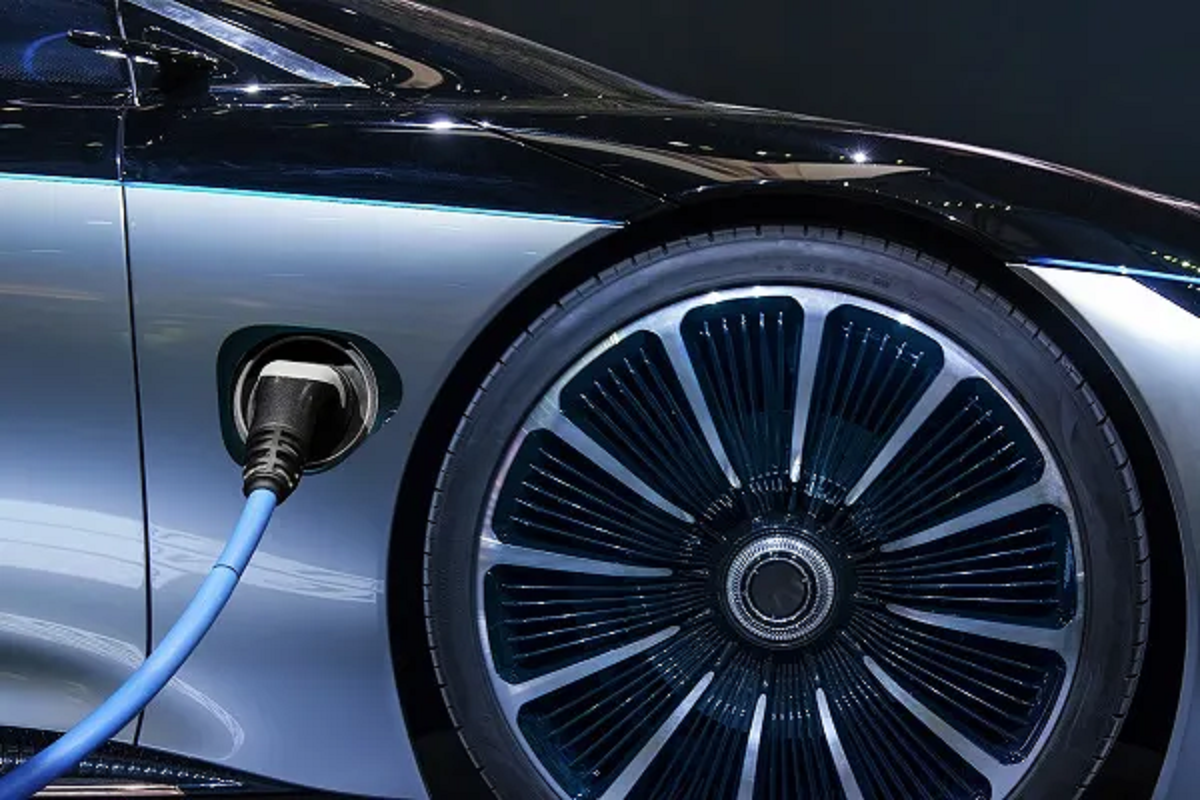
As the world steers towards a carbon-free future, millions of drivers are making the switch to electric vehicles (EVs). Since transportation accounts for about a quarter of global greenhouse gas emissions, with half of these emissions coming from passenger cars, transitioning to electric cars is seen by many climate advocates as crucial to combatting climate change. However, this transition is not without its environmental costs. Here, we explore how electric cars compare to traditional combustion engine vehicles in various aspects.
Carbon Footprint: Combustion vs. Electric
Combustion cars and electric vehicles have significantly different carbon footprints over their lifetimes. According to a 2021 review by the Transportation Energy Institute, a typical combustion car emits 48 tonnes of CO2 throughout its life, which is 40% more than an EV. However, EVs have a larger carbon footprint during the production phase, emitting 11 tonnes of CO2 compared to significantly less for combustion cars.
Offset Time for Electric Vehicles
Driving an EV generates zero emissions, allowing it to offset its initial carbon debt over time. Brian Cox from INFRAS notes that in Switzerland, an EV can offset its carbon footprint after driving 20,000-30,000 km. In Germany or other European countries, this offset takes about 60,000-70,000 km, roughly six to seven years, depending on the energy mix of the electricity grid.
Emissions During Operation
Traditional cars burn fossil fuels, contributing to high CO2 emissions, acid rain, smog, and respiratory diseases. EVs, on the other hand, do not burn fossil fuels and rely on electricity, which can be cleaner if sourced from renewable energy. However, if the electricity comes from fossil fuels, charging an EV results in indirect emissions. As Jeremy Michalek from Carnegie Mellon University explains, energy trading and regional grid differences can affect the overall environmental impact.
Environmental Impact of E-Car Batteries
The production of EV batteries presents significant environmental challenges. Lithium mining, essential for batteries, is associated with water depletion and contamination, particularly in South America’s “lithium triangle.” It takes about 2 million litres of water to mine one tonne of lithium, sufficient for around 125 electric cars. Cobalt mining, predominantly in the Democratic Republic of Congo, poses health hazards and environmental degradation. Despite these challenges, gasoline production requires ten times more water over its lifecycle than lithium mining for EVs.
Recycling Potential of E-Car Batteries
E-car batteries are highly recyclable, though large-scale recycling is not yet widespread. Georg Bieker from the International Council on Clean Transportation highlights that today’s batteries could last more than 15 years, delaying the immediate need for extensive recycling infrastructure. EU laws and the US Inflation Reduction Act are already incentivizing recycling efforts, aiming for high recovery rates of critical materials like cobalt and copper.
When Is It Better to Keep a Combustion Car?
In some scenarios, it might be more environmentally beneficial to keep an existing combustion car, particularly if it’s driven infrequently. Brian Cox suggests that for those who drive rarely, the extra energy required to produce a new EV battery may not be offset by limited usage. In such cases, using public transit, car-sharing, or occasionally renting an EV can be more sustainable options.
In conclusion, while electric vehicles present a promising path towards reducing transportation-related emissions, their environmental impact during production and the sources of electricity used for charging are critical factors. Understanding these nuances can help consumers make informed decisions about their vehicle choices in the journey towards a more sustainable future.






